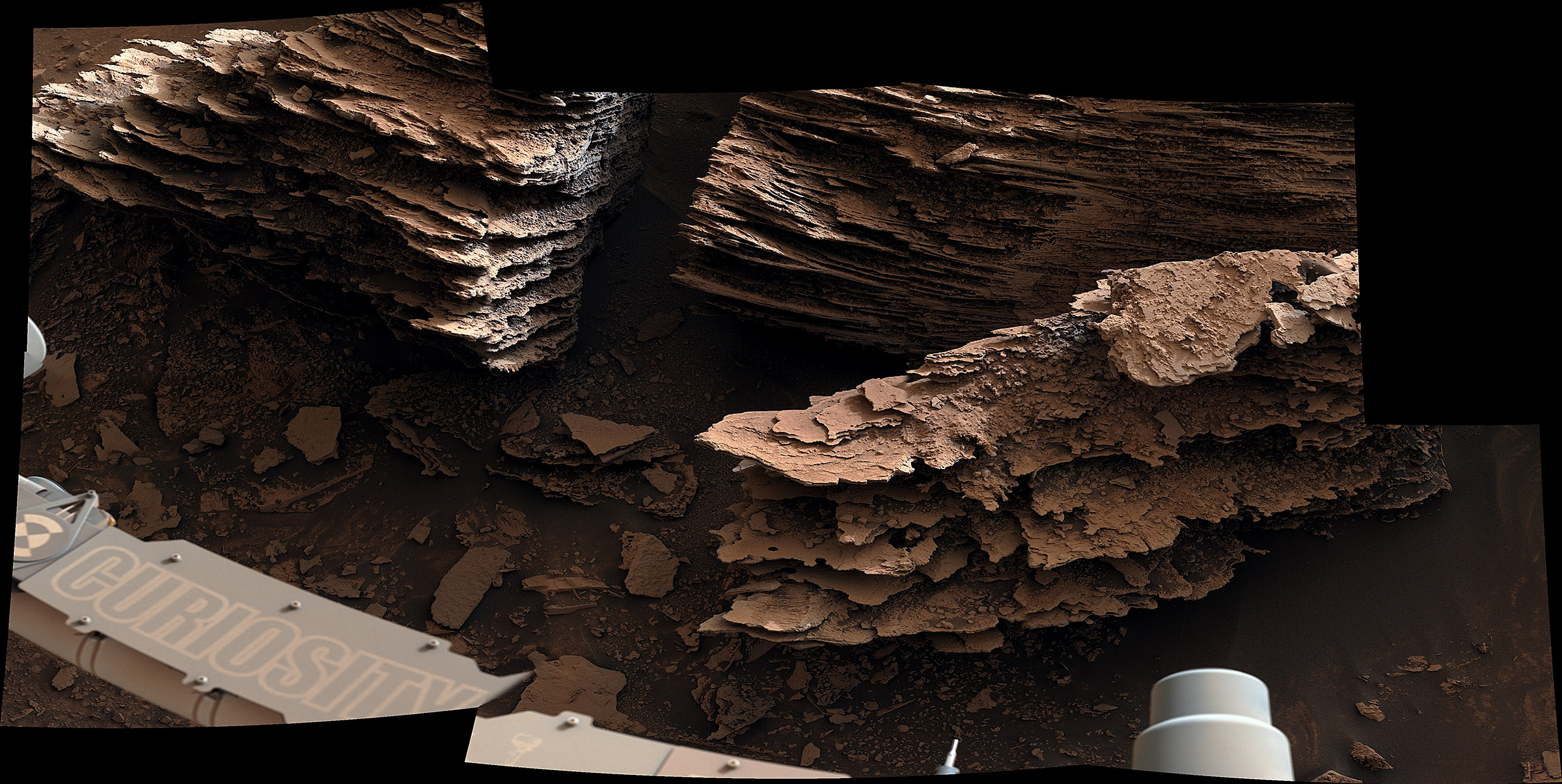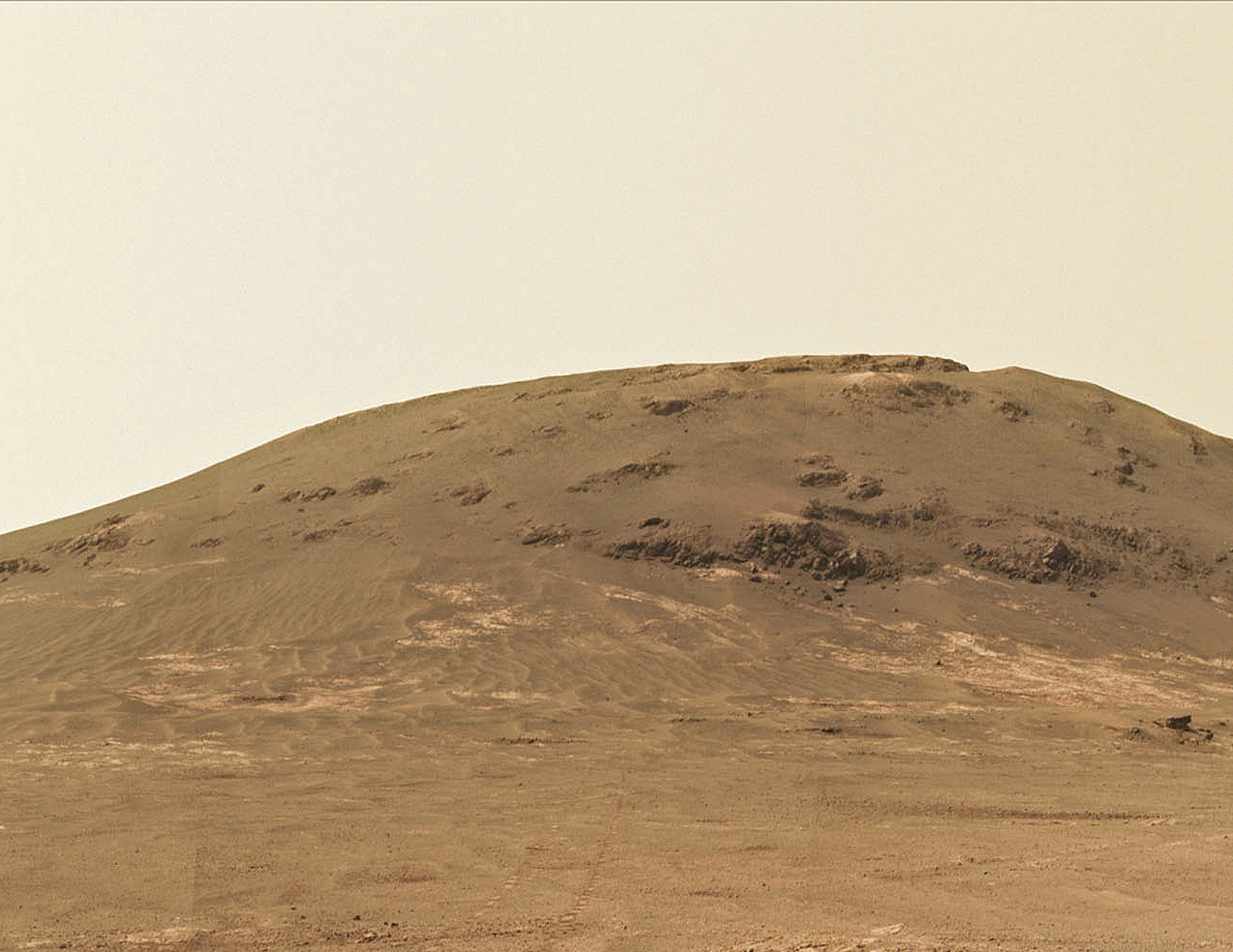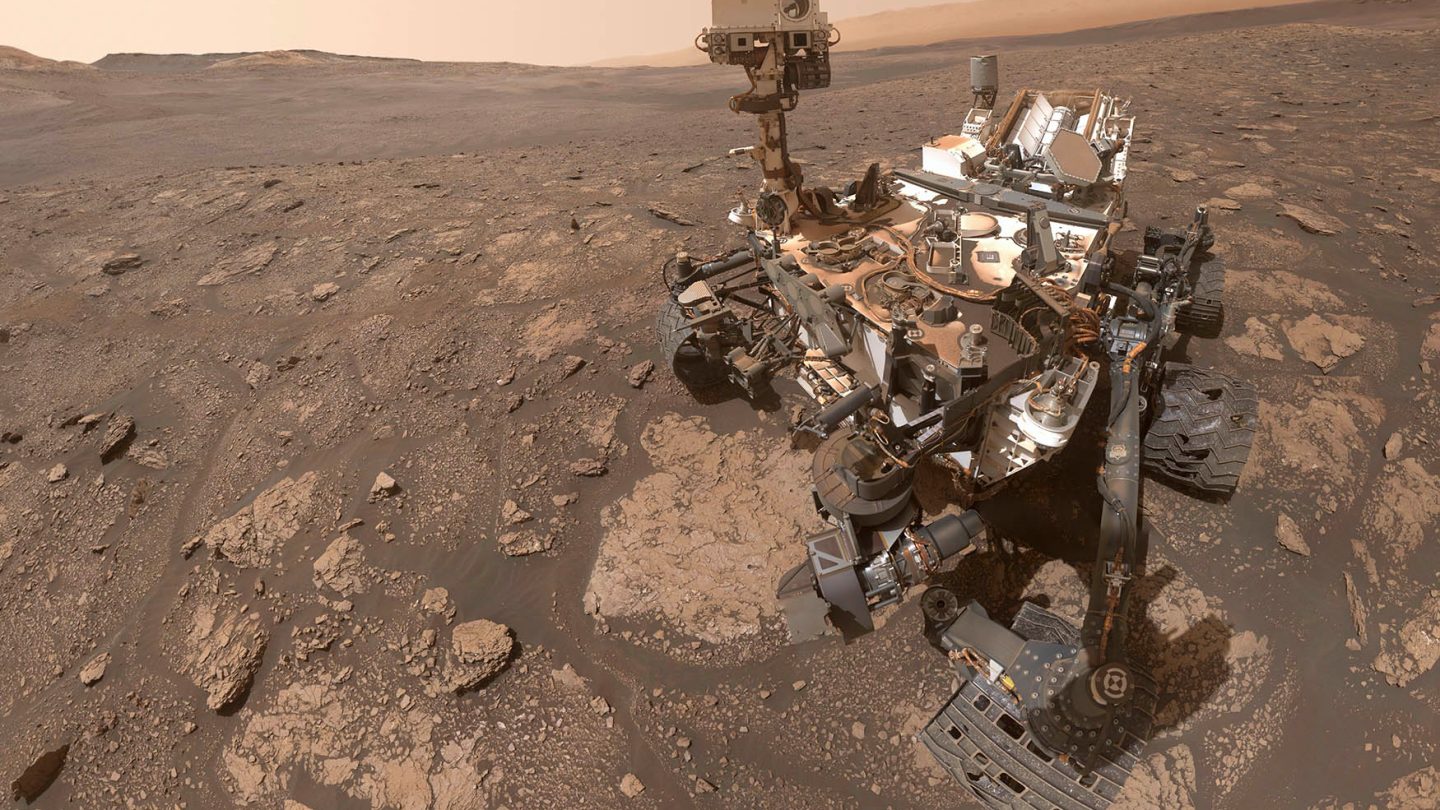Mars was not always the rocky, lifeless planet that we know it to be now. At least, all of the science seems to point towards that truth. For years, NASA has been discovering more about our neighboring planet. And now, the space agency’s Curiosity rover has discovered even more evidence that water once covered parts of the Martian surface.
Curiosity rolls past ancient rocks formed by water on Mars

In August of 2021, NASA’s Curiosity rover landed on the Martian surface. It was a historic day, one followed several years later by the landing of NASA’s Perseverance rover at another spot on the planet. Since its landing, Curiosity has made a number of discoveries. Many of those discoveries have added evidence to the belief that water once flowed on Mars.
Now, Curiosity has discovered even more evidence of that while exploring a region known as the Gale Crater. Earlier this month, as Curiosity made its trek up Mount Sharp, a 3-mile-high peak in the Gale Crater, it discovered flaky, streambed rocks. It captured images of the rocks, which NASA says may have formed in an ancient streambed or small pond of water on the Martian surface.
A dry timeline

But Curiosity has been finding evidence of water on Mars for years. What’s most intriguing about these new discoveries is that it creates a clear timeline for how the Martian surface began to dry up. As Curiosity made its trek toward the mountain’s peak, the space agency noted several changes in the makeup of the ground the rover is passing over.
“We no longer see the lake deposits that we saw for years lower on Mount Sharp,” Ashwin Vasavada, a project scientist for Curiosity at NASA JPL explained. “Instead, we see lots of evidence of drier climates.
Vasavada says the environment is more reminiscent of dry dunes with streams of water running around them. It’s a massive change from the lakes of water on Mars we believe persisted for millions of years before. NASA plans to drill into the rock around the area for a more in-depth look at the mineral composition.
The space agency isn’t quite sure exactly what it will find when it does so. But what we do know is that the evidence is stacking up. Mars was perhaps once a lush paradise, but something made that paradise fall. Something catastrophic caused all the water on Mars to dry up, and the land to become the sandy wasteland we now know.
Perhaps, as we study the Martian surface more, we’ll be able to glean some information on what exactly happened. And, when NASA sends humans to Mars in 2030, perhaps we’ll be able to learn even more.










